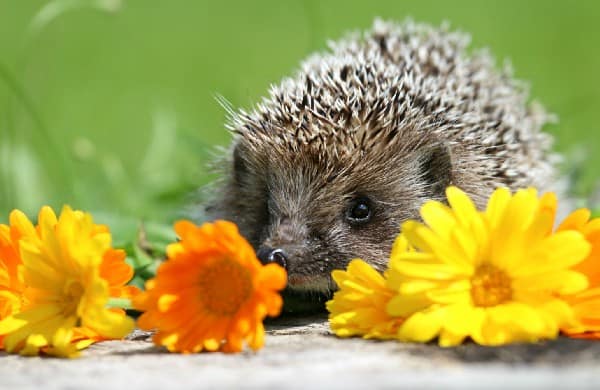by Lucie Bardos
When you’re just beginning to get introduced to the concept of permaculture, it can often be overwhelming when you’re faced with a multitude of books, videos, courses, and other resources out there. It can definitely be tough to know where to start!

An important thing to remember is that with permaculture becoming so widespread over the past decade, it really doesn’t mean the same thing to everyone anymore. People have radically different interpretations of what permaculture actually is, so it’s important to find the educational materials that align with your values and views.
First of all, if I’m going to recommend permaculture books to you, then you should know where I personally stand — and don’t.
In my opinion, there are those designers who, I feel, focus too much on hyped up, so-called “permaculture techniques”. While this view is found more commonly in videos than books, it’s still something to be aware of. A “permacultur techniques”-focused approach obscures the traditional histories of said techniques and casually pretends that permaculturists invented them. To me, this presents major issues in terms of cultural appropriation and erasure of lived experiences and histories. That’s not my view of what permaculture is at all.
My interpretation of permaculture is that it is a system-focused lens through which we see the world when we design human habitats and human experiences in those habitats. I believe that in order for a permaculture design to really be truly successful, each physical design implementation needs to be firmly embedded within a community context, and my choice of recommended readings definitely reflects that. The physical elements of a permauclture design, or the techniques that are implemented (e.g. mulched beds, herb spirals, swales, specific plant guilds, forest gardens), are a result of the design process, not chosen from some permaculture technique catalogue. They must logically fit within their environment and within the scope of a project.
If traditional techniques are used, credit should be given to the originators of said techniques and the designer should take the time to learn about where the they came from. By the way, yes, I know this is a blog about books, but I’ve just heard SO many people parroting the phrase “permaculture techniques” that I want to say to beginner and experienced permies alike: don’t get sucked into it! It can be very damaging and hurtful to communities that have historically faced marginalization.
With all of that said, I’ve compiled six of the books that most inspired and informed my own permaculture practice. In reality, two of the books I recommend are not specifically/only about permaculture, but I think offer some really great food for thought for budding permaculture designers about community contexts, systems thinking, and building an intimate connection with the land. In fact, there are many books that aren’t specifically about permaculture, but that deal with social issues, critical thinking, systems thinking, ecology etc. that I think should be a part of every permaculture designer’s library, so tip #1 is: don’t limit yourself to books with “permaculture” in the title!
If you’d like to spend your quarantine or socially isolated hours pouring over permacultue and systems-thinking reading material, feel free to check out my recommendations in the video below and let me know what you think in the Youtube video comments! Please also let me know in the comments: what are your favourite permaculture books? I’m always adding to my library too!



